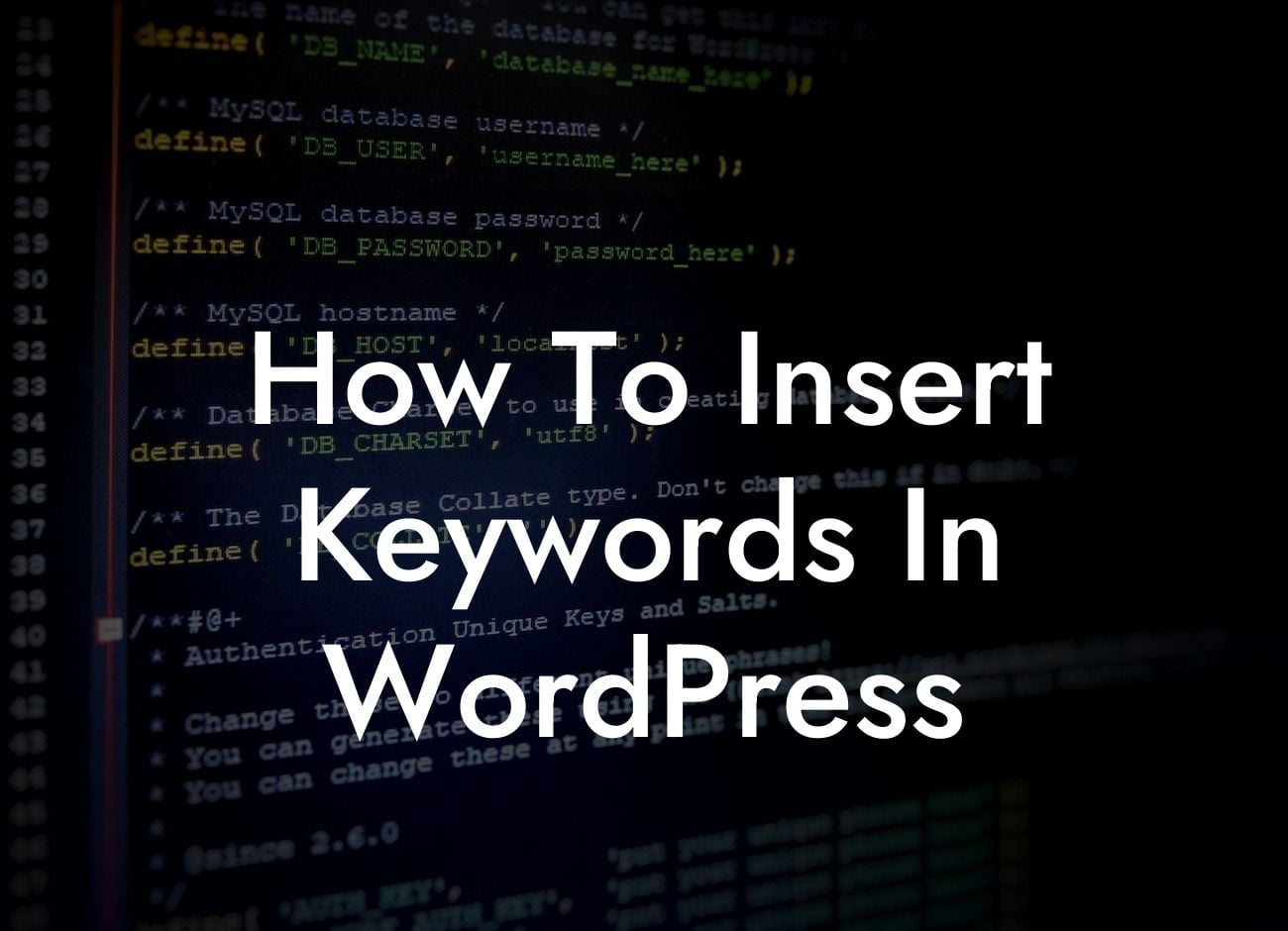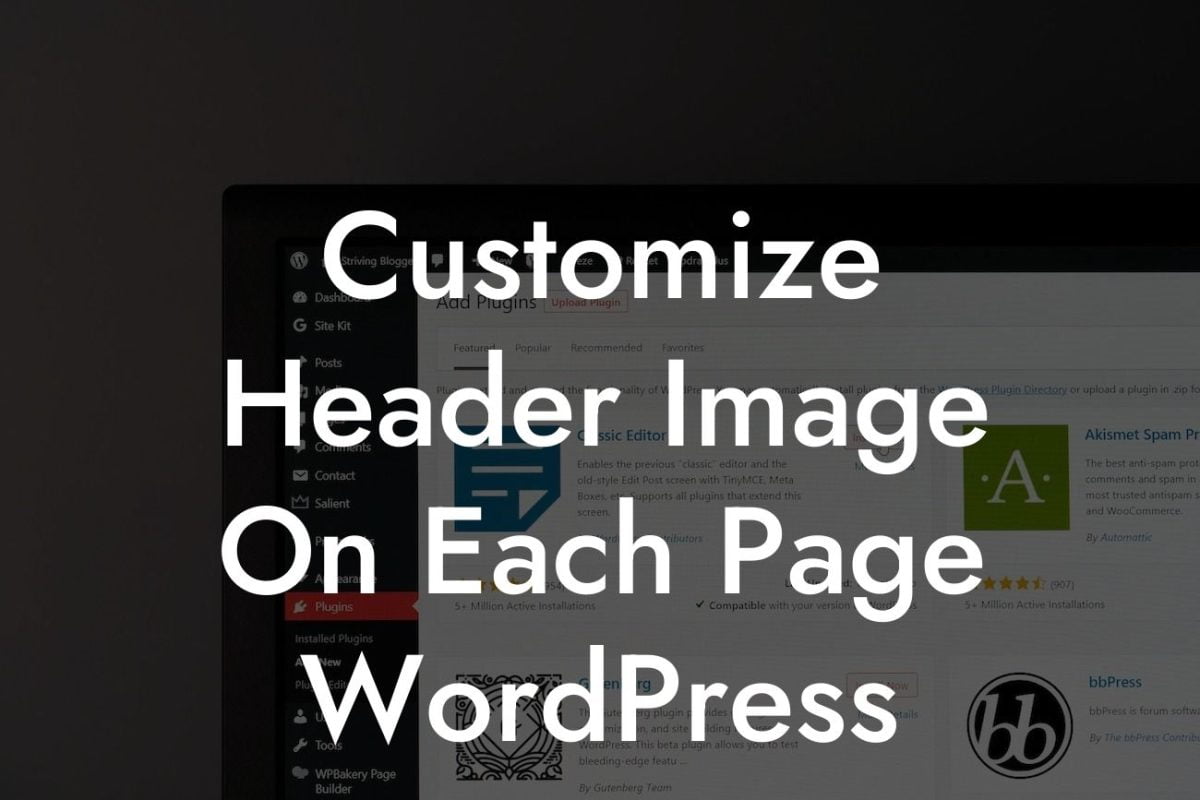Do you want your WordPress website to rank higher on search engine results pages? If the answer is yes, then you're in the right place. Search Engine Optimization (SEO) is crucial for improving your online visibility and attracting more organic traffic to your website. One of the key aspects of SEO is inserting keywords strategically throughout your content. In this detailed guide, we'll walk you through the process of inserting keywords in WordPress, empowering you to boost your website's search rankings and enhance your online presence.
To effectively insert keywords in WordPress, there are several essential steps to follow:
1. Understand your target keywords: Before diving into adding keywords, it's vital to identify the right ones to target. Conduct keyword research using tools like Google Keyword Planner or SEMrush to find relevant keywords with high search volumes and low competition.
2. Optimize your page titles: The page title is one of the most important elements for SEO. Include your target keyword or key phrase within the title tag, preferably at the beginning. Use H1 tags for your main page title and H2-H6 tags for subheadings.
3. Add keywords to your URL: When creating a new page or post, customize your URL (permalink) to include your target keyword. WordPress allows you to manually edit the URL slug, making it more readable and SEO-friendly.
Looking For a Custom QuickBook Integration?
4. Optimize your content body: Incorporate your target keyword naturally throughout your content. Use variations of the keyword to keep your content engaging and avoid keyword stuffing. Use H2 or H3 tags for subheadings within your content to organize your information and improve SEO.
5. Optimize your images: Images contribute to the overall SEO of your website. Use relevant and descriptive filenames for your images and add alt text that includes your target keyword. This helps search engines understand what the image represents and improves your website's visibility.
How To Insert Keywords In Wordpress Example:
Let's say you're running a web design business targeting local clients in New York City. Your primary target keyword could be "affordable web design NYC." By following the steps mentioned above, you would optimize your page title, URL, content body, and image alt text to include variations of this keyword. This way, when potential clients search for affordable web design services in NYC, your website will have a higher chance of appearing in the search results.
Now that you have a clear understanding of how to insert keywords in WordPress, it's time to take action and boost your website's SEO. Explore other guides on DamnWoo to discover more valuable tips and tricks for improving your online presence. And don't forget to check out our awesome WordPress plugins designed exclusively for small businesses and entrepreneurs. Remember, embracing extraordinary solutions is what sets you apart from the competition. Share this article with others who could benefit from these insights and let's elevate our online success together.













